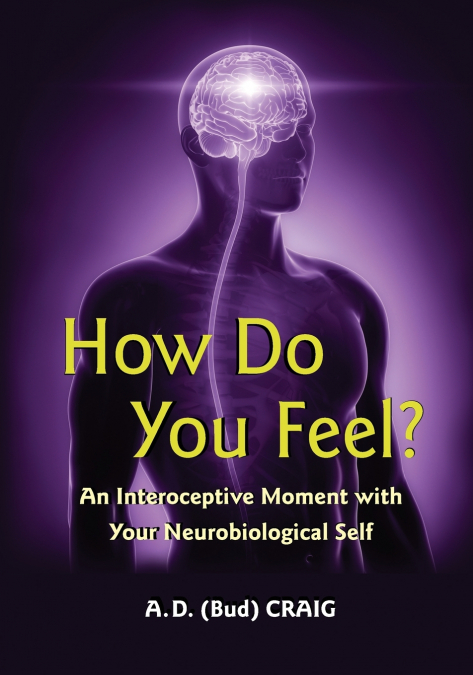
A. D. Craig
A book that fundamentally changes how neuroscientists and psychologists categorize sensations and understand the origins and significance of human feelingsHow Do You Feel? brings together startling evidence from neuroscience, psychology, and psychiatry to present revolutionary new insights into how our brains enable us to experience the range of sensations and mental states known as feelings. Drawing on his own cutting-edge research, neurobiologist Bud Craig has identified an area deep inside the mammalian brain-the insular cortex-as the place where interoception, or the processing of bodily stimuli, generates feelings. He shows how this crucial pathway for interoceptive awareness gives rise in humans to the feeling of being alive, vivid perceptual feelings, and a subjective image of the sentient self across time. Craig explains how feelings represent activity patterns in our brains that signify emotions, intentions, and thoughts, and how integration of these patterns is driven by the unique energy needs of the hominid brain. He describes the essential role of feelings and the insular cortex in such diverse realms as music, fluid intelligence, and bivalent emotions, and relates these ideas to the philosophy of William James and even to feelings in dogs.How Do You Feel? is also a compelling insider’s account of scientific discovery, one that takes readers behind the scenes as the astonishing answer to this neurological puzzle is pursued and pieced together from seemingly unrelated fields of scientific inquiry. This book will fundamentally alter the way that neuroscientists and psychologists categorize sensations and understand the origins and significance of human feelings.